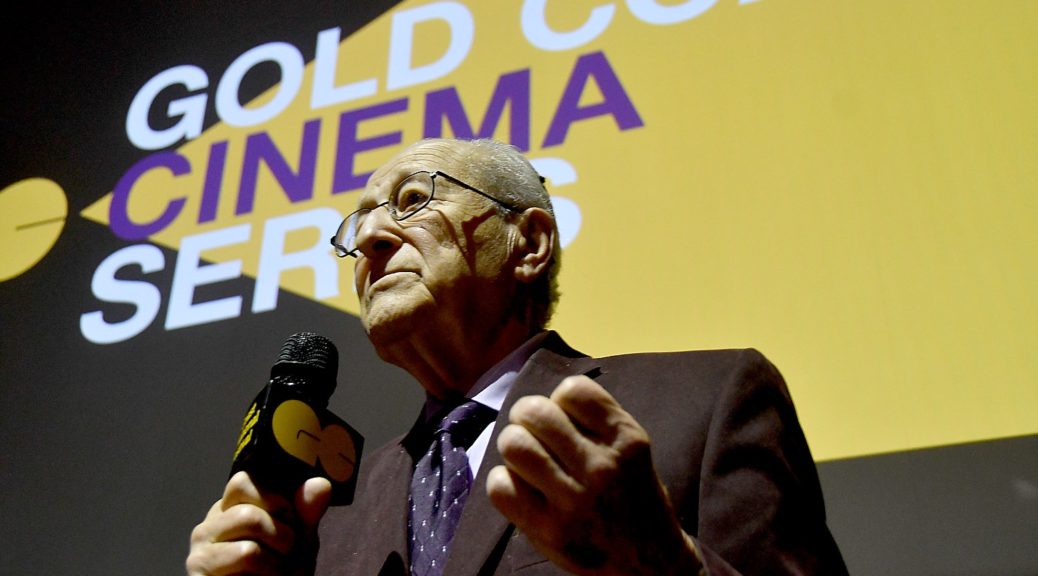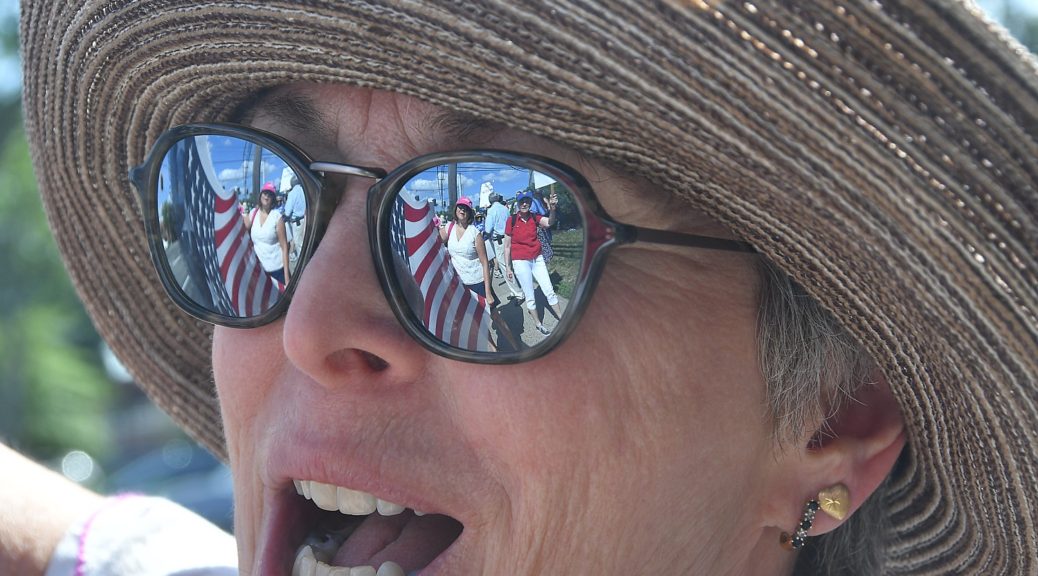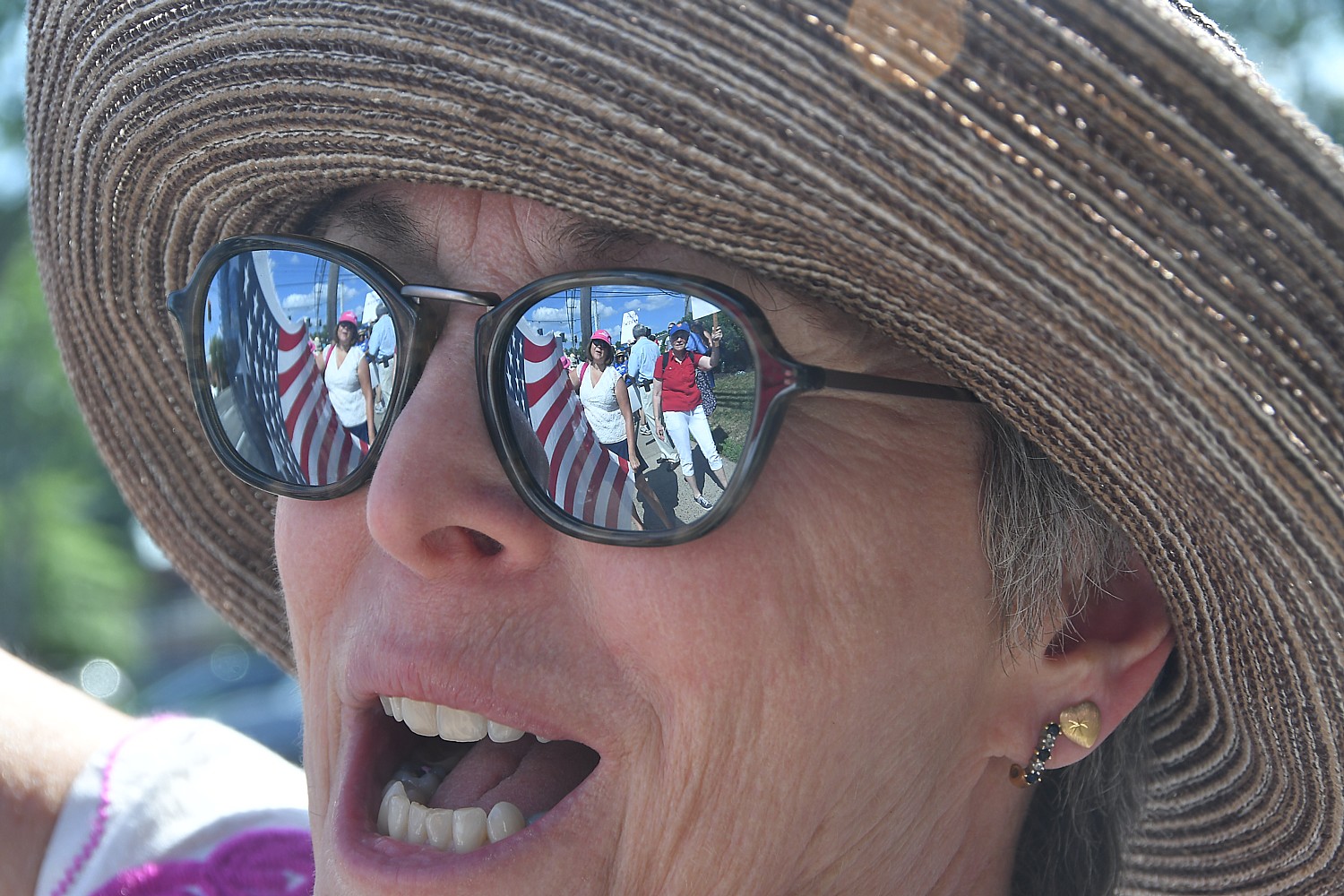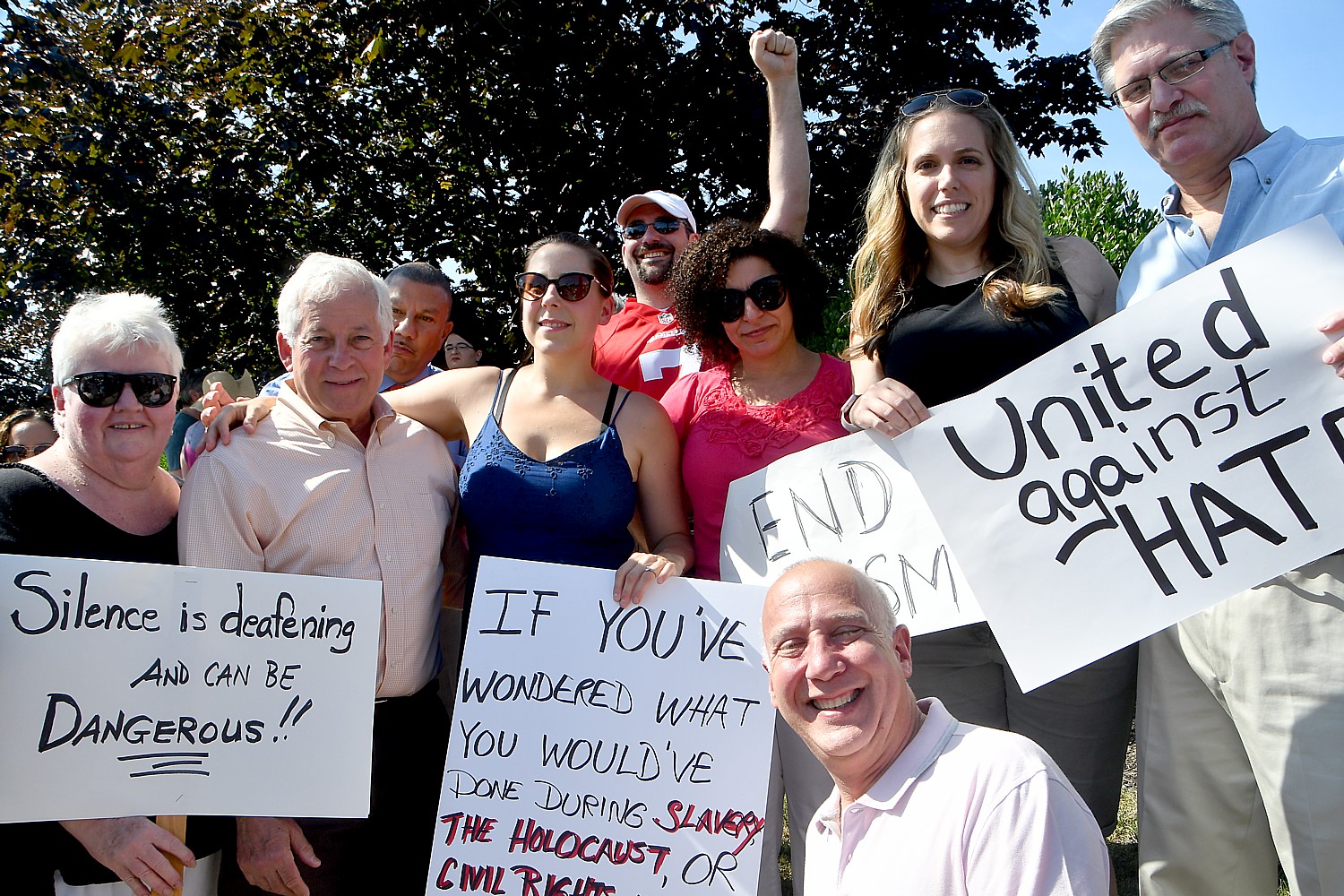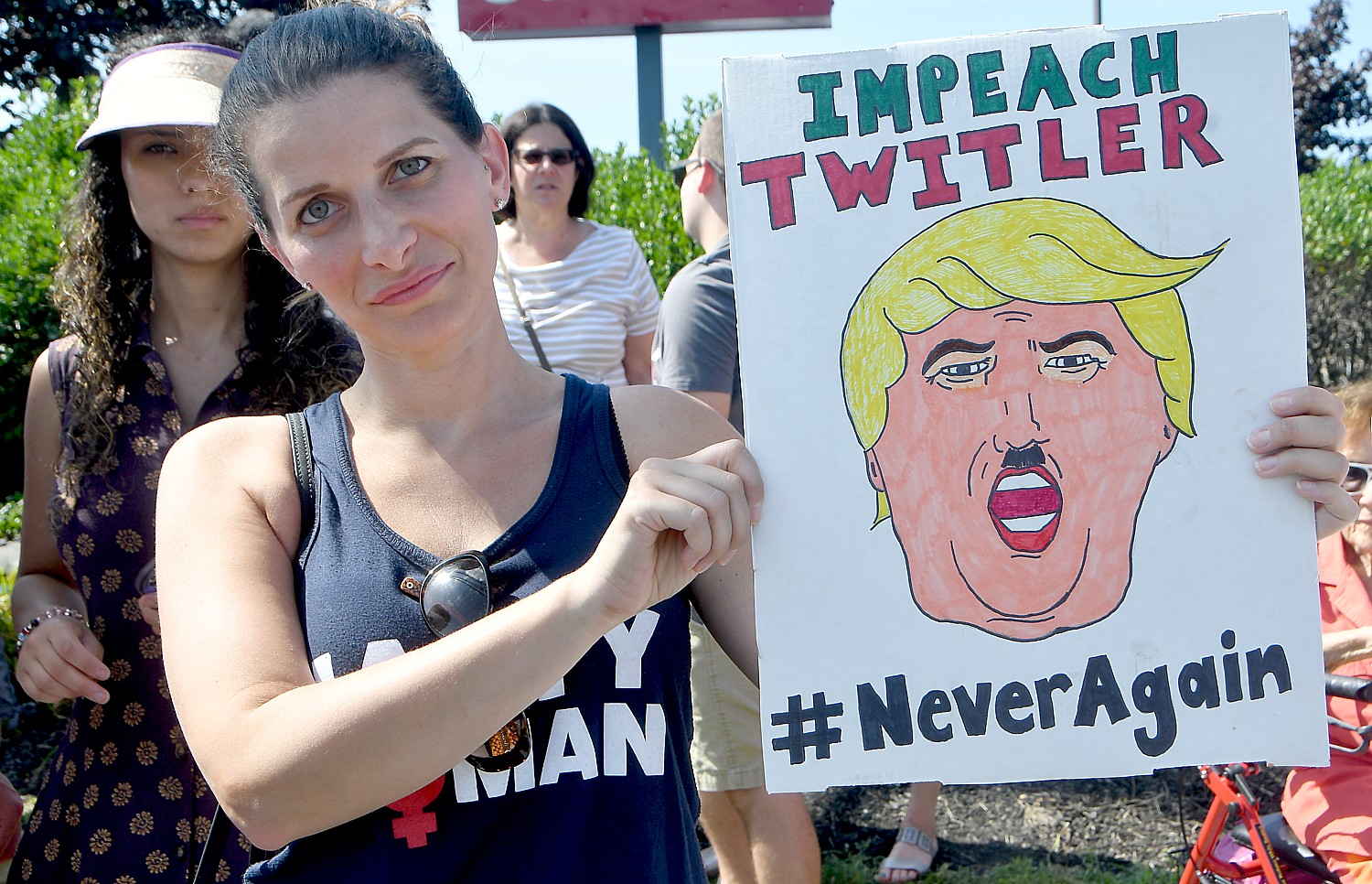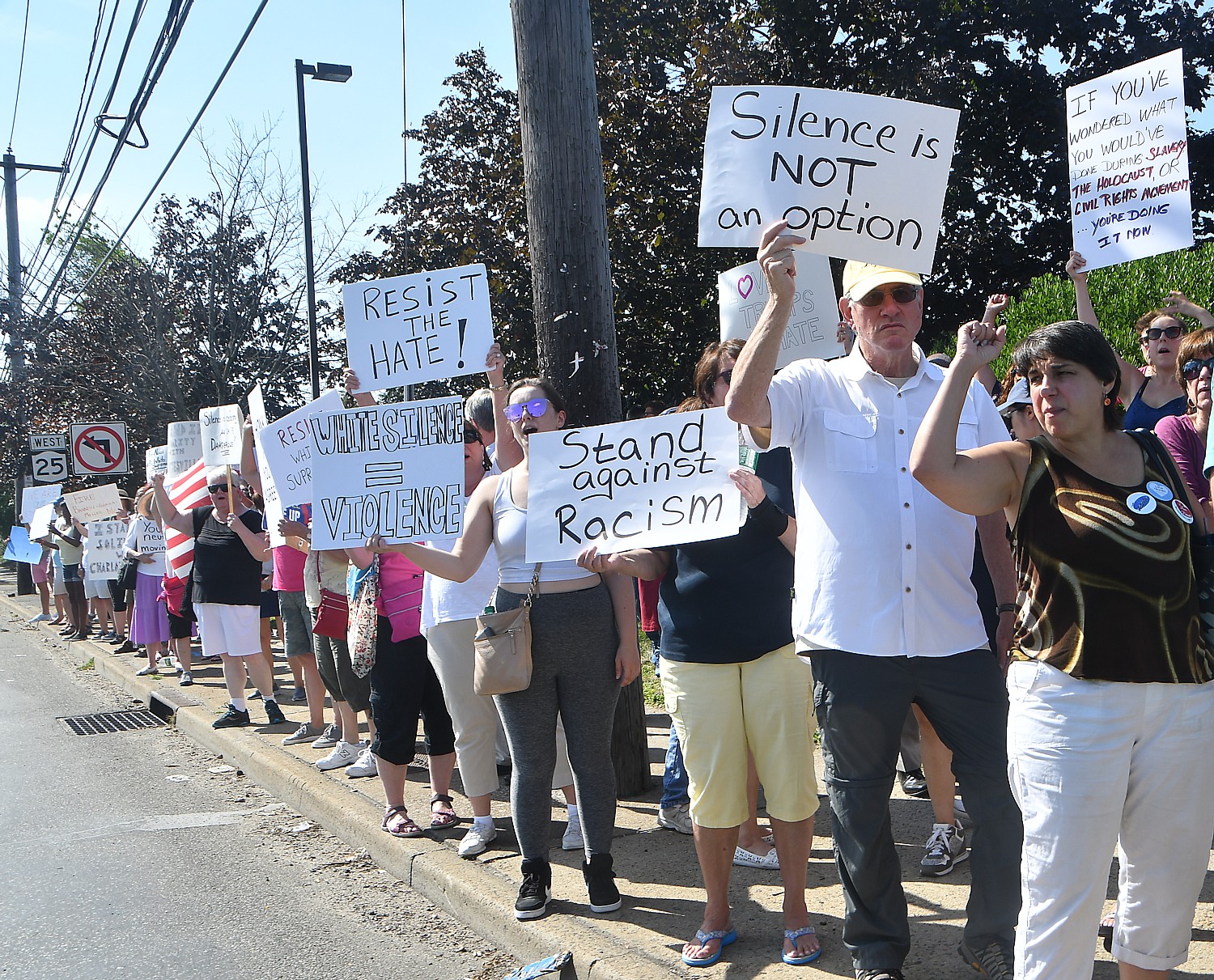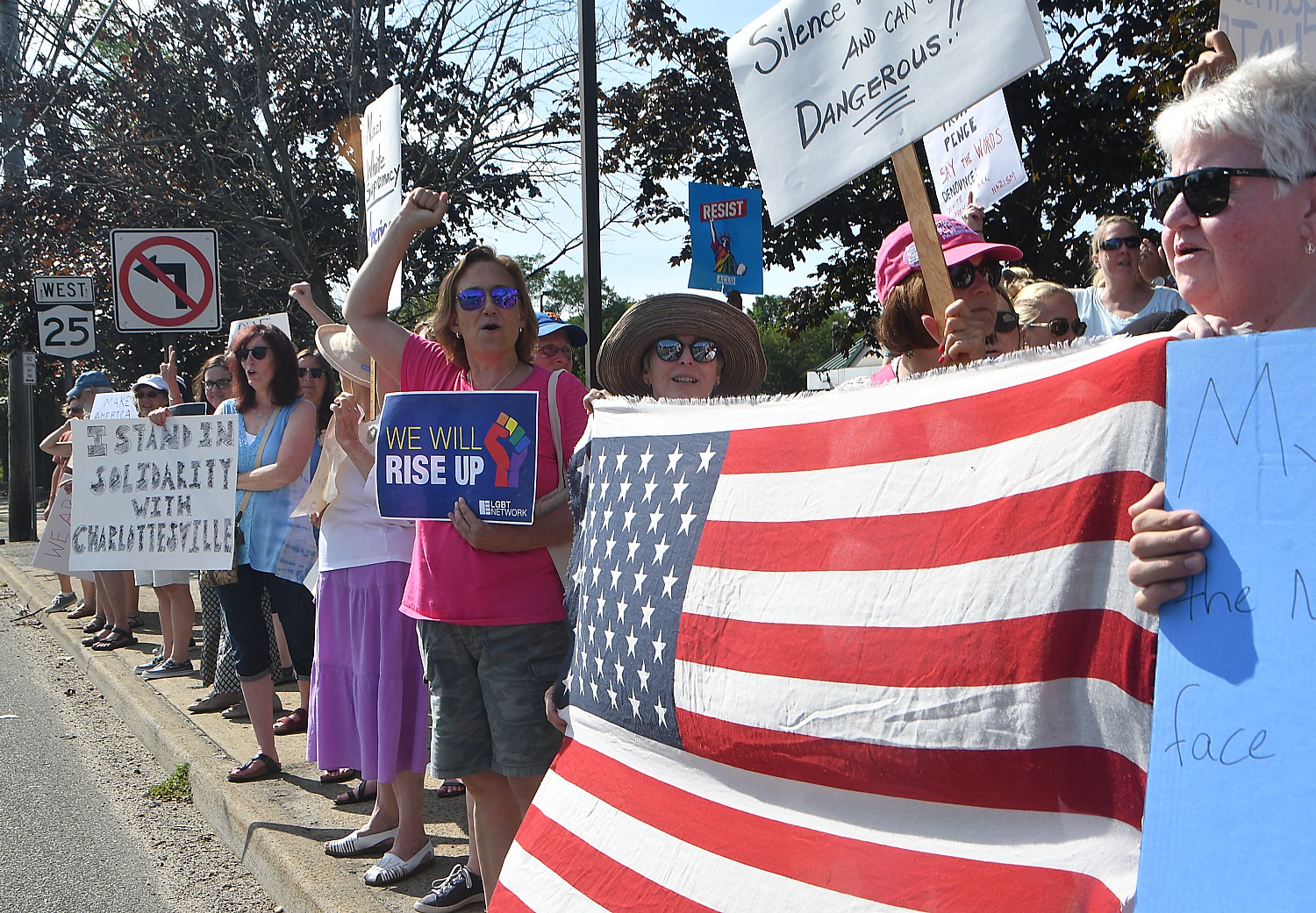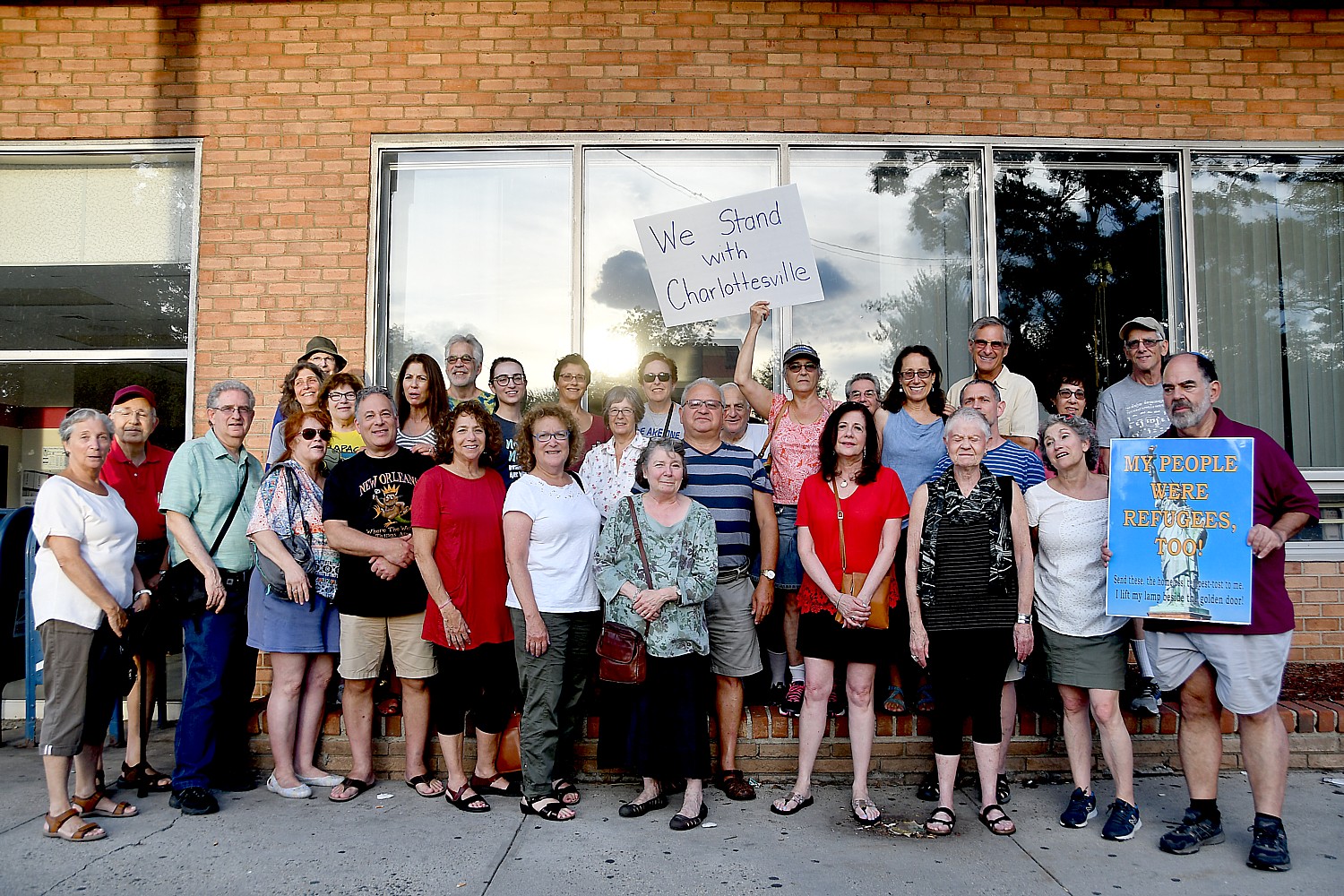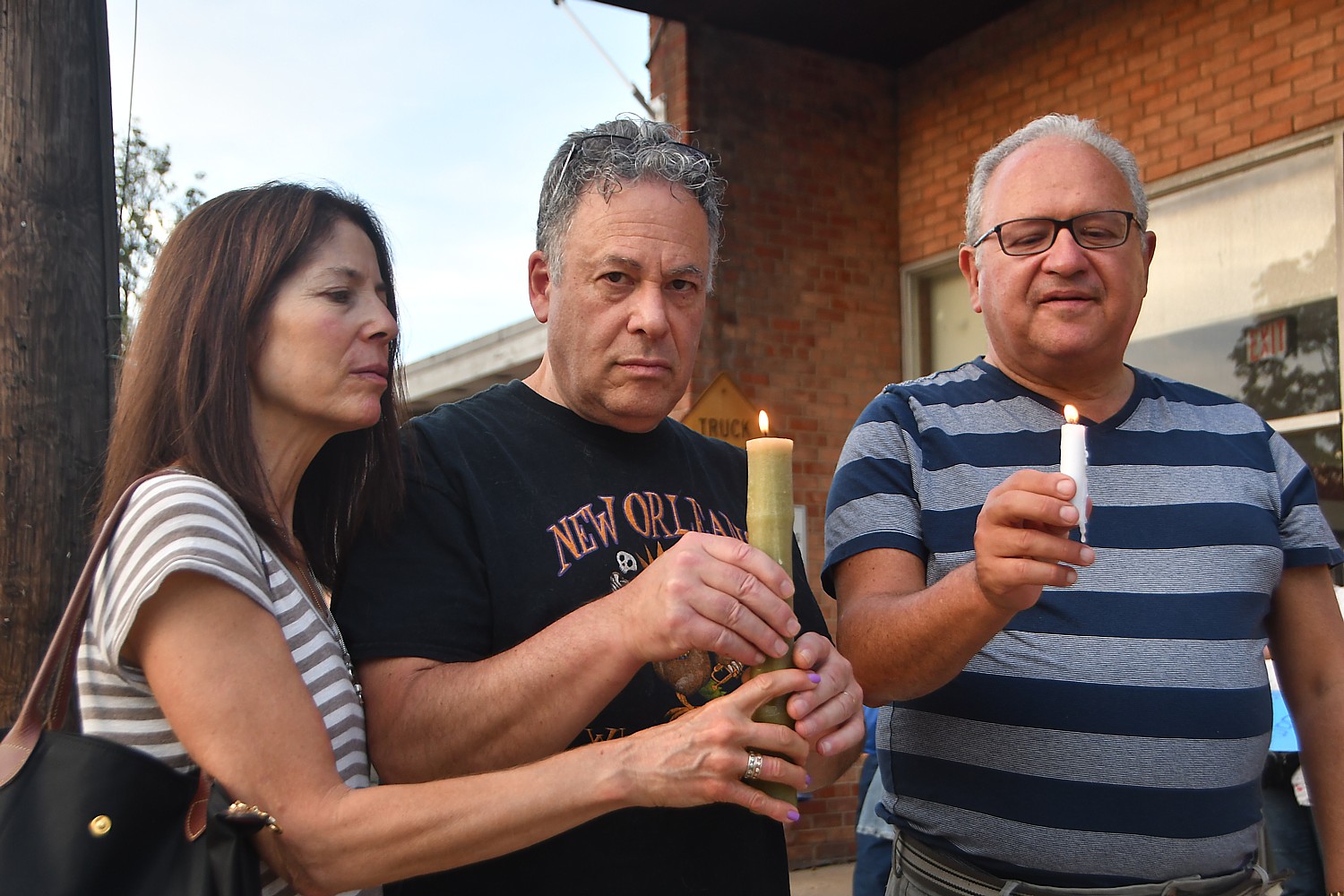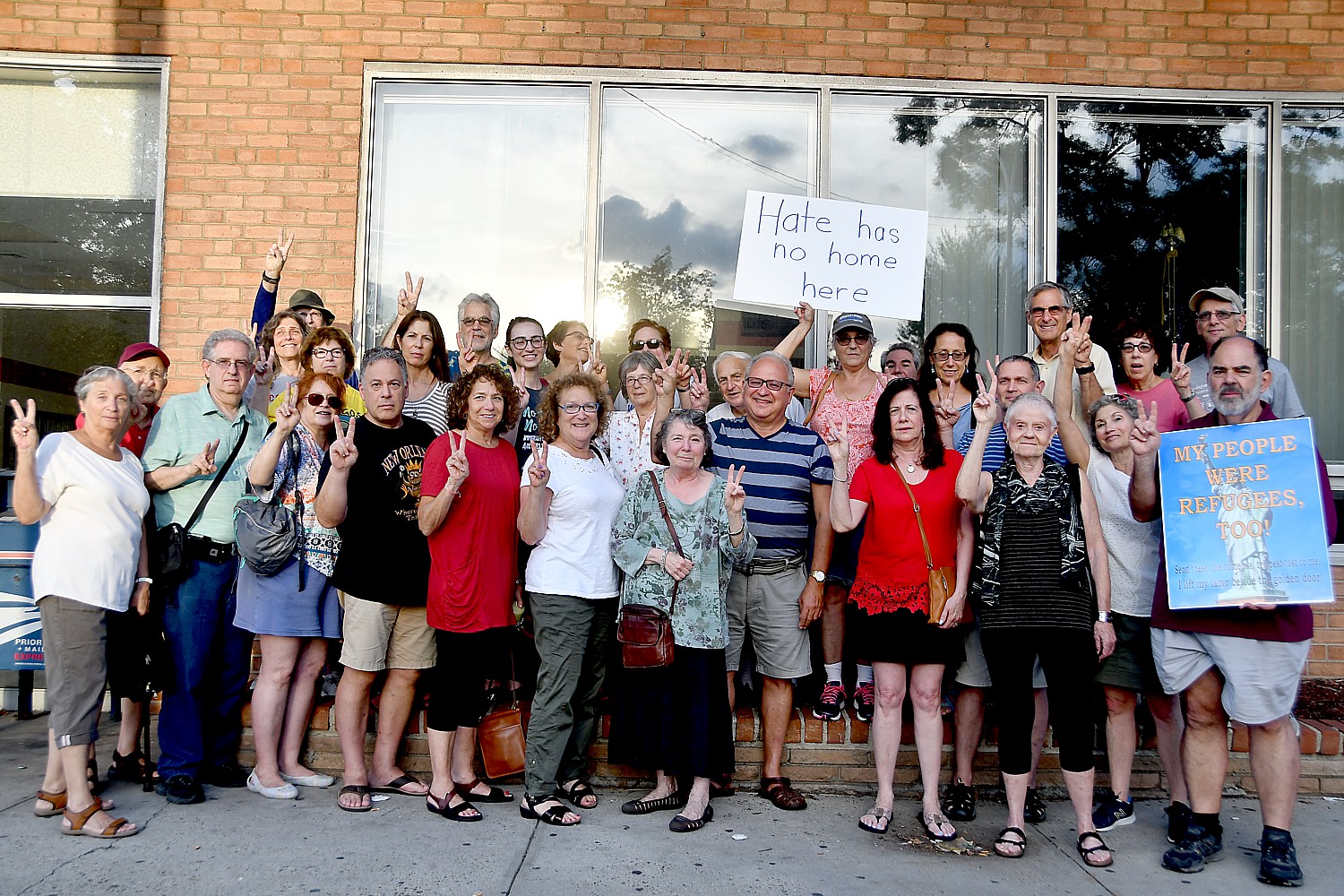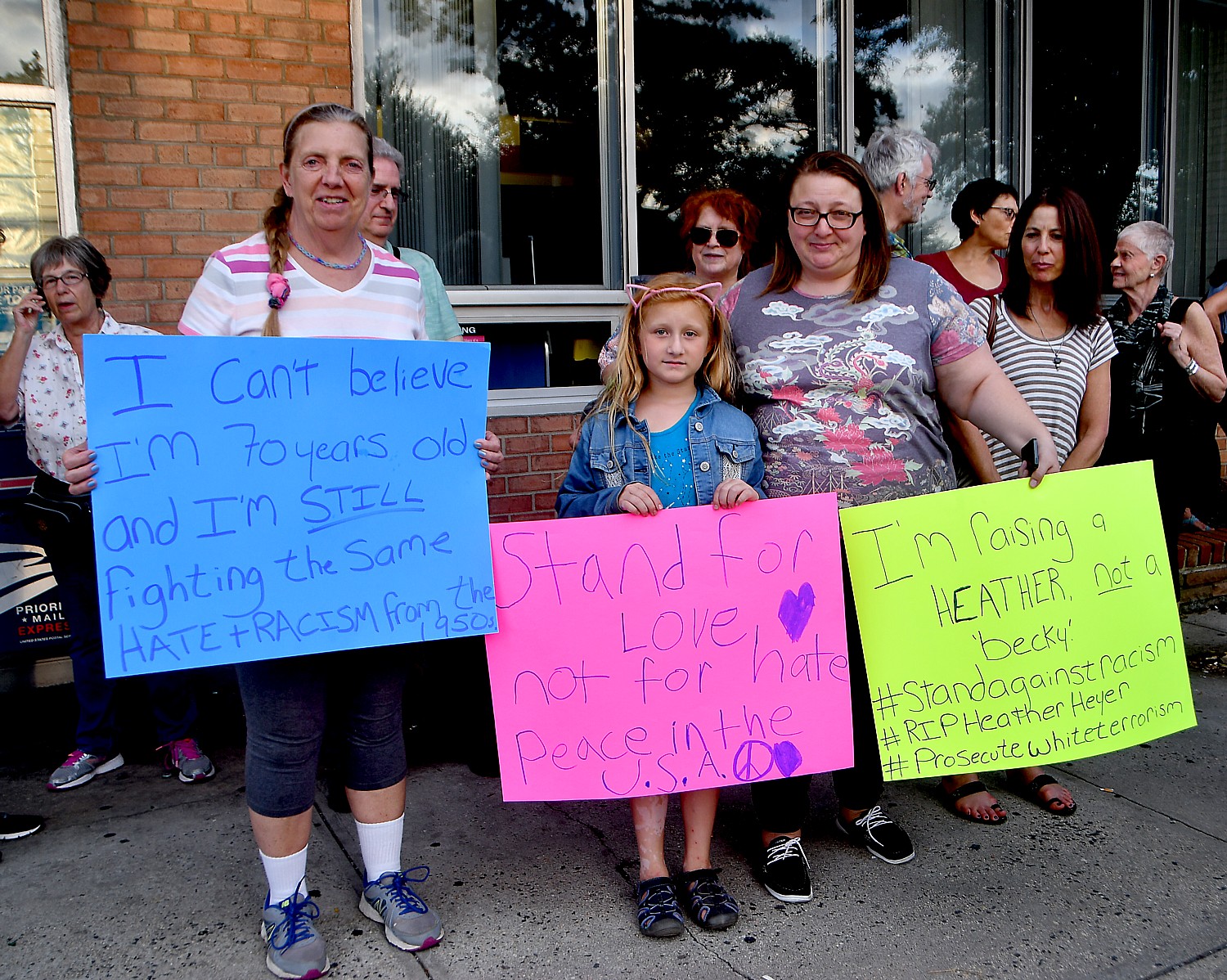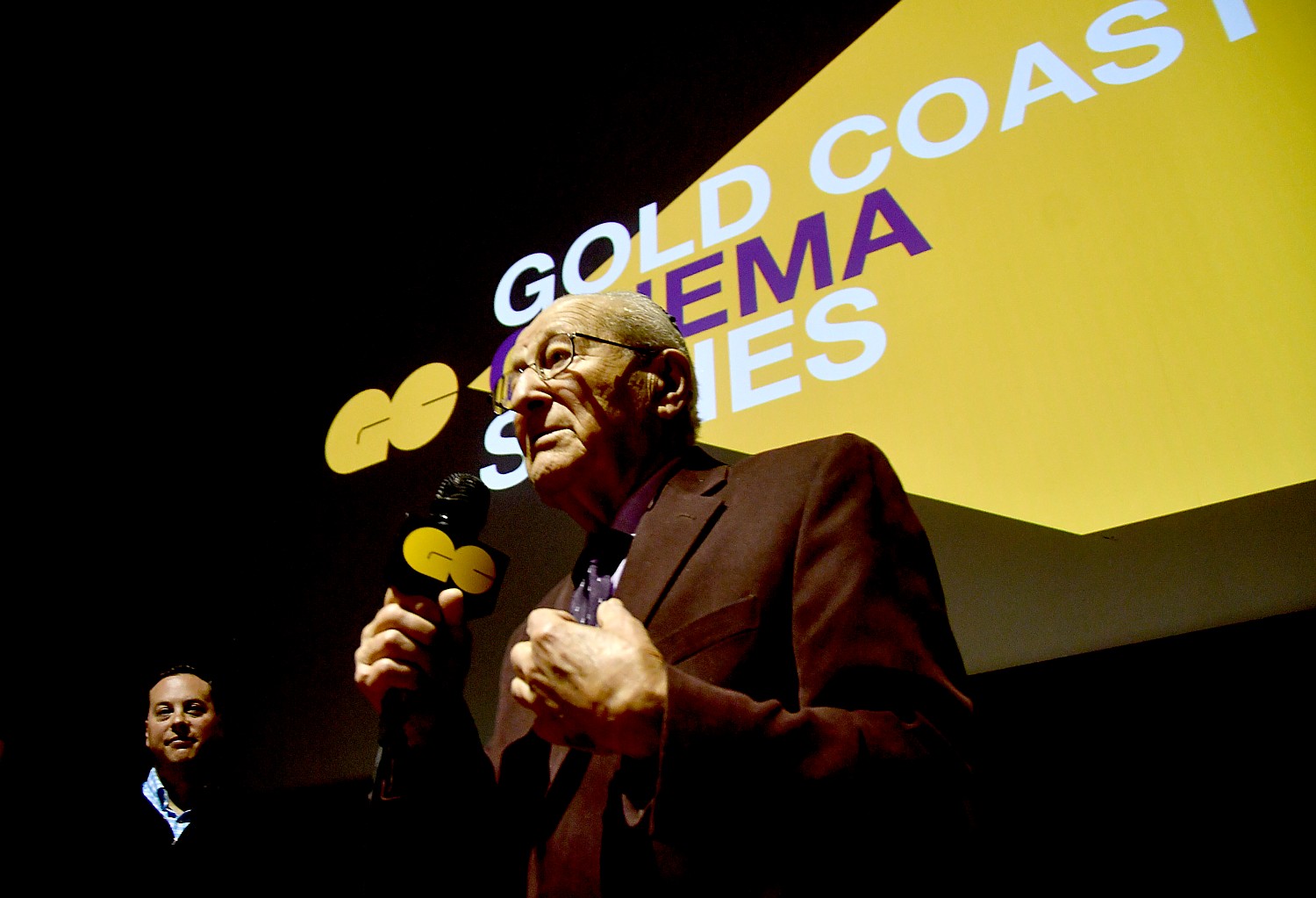
By Karen Rubin, News & Photo Features
What is most remarkable about the HBO short film, “The Number on Great-Grandpa’s Arm,” is how effectively and clearly it presents the Holocaust to young people – 8 and 9 year olds, the fourth generation, and how urgent it is to have such a teaching tool with the last of the survivors, now in their 80s and 90s, passing away into eternal silence.
The short film, created with live action, photos and videos and most remarkably, watercolor paintings that animate the still photos, strikes just the right tone.
You are privy to the astute questions and storytelling by 10-year old Elliott and his 90-year old great-grandfather, Jack, about the number tattooed on his arm, and fall into his memories – of a happy childhood in Poland, not quite carefree but with no existential fear, until everything changed.
The HBO film, which aired on International Holocaust Remembrance Day, January 27, was presented for its Long Island premiere at the Gold Coast Arts Center, in a free program (a second showing had to be organized to accommodate the number of people who wanted to attend), in commemoration of Yom Hashoahin Partnership with the Holocaust Memorial and Tolerance Center of Nassau County and Great Neck Sh’ai, and featured a conversation with Irving Roth, a Holocaust survivor with a similar story to Jack’s, the great-grandfather in the film. Indeed, Roth came with his own granddaughter and great-grandchild, a touching display of the miracle of survival.
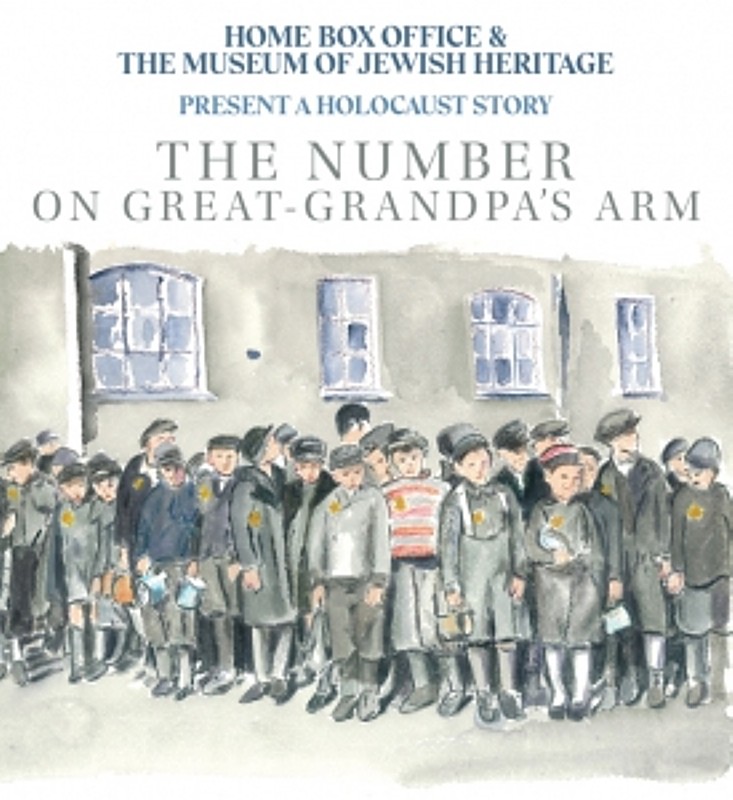
“The Number on Great-Grandpa’s Arm,” executive produced by Sheila Nevins and directed and produced by Amy Schatz, with the evocative animation art of Jeff Scher, was inspired by David A. Adler’s 1987 book; Adler is well known to children for his popular Cam Jansen series.
In this moving film, 10-year-old Elliott asks his 90-year-old great-grandfather, Jack, about the number tattooed on his arm, sparking an intimate conversation about Jack’s life that spans happy memories of childhood in Poland, the loss of his family, surviving Auschwitz, and finding a new life in America. Their tender exchange is woven with historical footage and hand-painted animation to tell a heartbreaking story of Jewish life in Eastern Europe before and during the Holocaust.
You are first introduced to Jack who mentions how much he loves hats, and can’t resist buying them. A little later, you learn that his father was a hat maker and had a shop in Poland. The last time he saw his parents was when he was 14, taken away by Nazis and sent to a labor camp where inmates were worked to death. “We were slaves, forced to dig holes just to make work.” He receives a cap his father has managed to send and finds some money hidden in it, which he uses to bribe the guard for extra food. “That extra food was how I survived.”
“I always hoped to see my parents again. Always think about them.” But Jack never saw his parents again.
Jack was sent to Auschwitz, and then, when the Germans realized they were losing the war, put on a death march to Buchenwald, forced to march without food or shoes. “Thousands and thousands died,” Elliott relates. “If they stopped, they were shot and thrown into a hole.”
His great-grandfather was finally liberated in August 1945 by the Russians, and then by the Americans. He went back to his hometown, but no one he knew was left. He married and ultimately took a boat to start a new life in America, where he opened a fish market.
His worker says, “This is the only place a man can get food for no money.”
Elliott says, ”We need to know the story to stop it from happening. In a year or two, no survivors will be left. We want to get the stories before they pass away.”
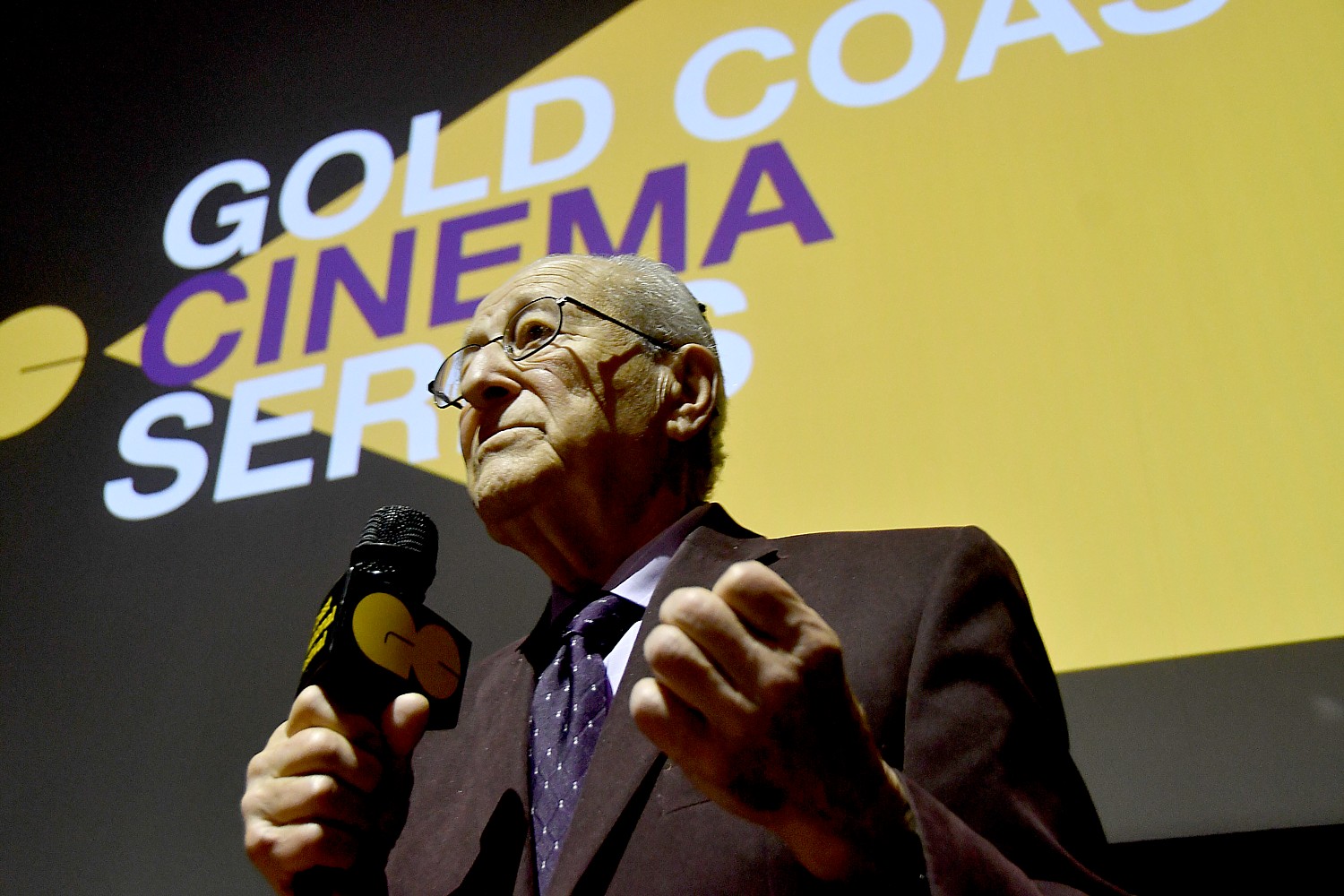
At the Great Neck screening, Irving Roth, a survivor of Auschwitz and the Death March to Buchenwald, related his experience which so eerily mirrored that of Jack.
Irving Roth was born in Czechoslovakia in 1929. He grew up going to school and playing soccer. But by 1938, as the Nazis took power, his life, step by step, became more constricted, bleaker. Jews were not allowed to attend school, play soccer, or go to the park. His family lost their lumber business and they forced into hiding in Hungary.
In 1944, at the age of 14, he was loaded into a cattle car and transported to Auschwitz, a three-day journey with many dying along the route Once there, he was immediately separated from his grandfather, grandmother, aunt, and 10-year-old cousin. He never seen them again – they were sent to the gas chambers.
Of the 4000 on the train, only 300 survived, he said.
Roth and his brother survived Auschwitz but in January 1945, with the Germans realizing they were losing the war, the concentration camp victims were forced on the infamous death march to Buchenwald. Roth was separated from his brother who was sent to Bergen Belsen where he later died. Buchenwald was liberated on April 11, 1945. Roth returned home to find his parents, the only other surviving family members.
But when he arrived back in his town, the reaction was hardly welcoming. “The comment was ‘So many Jews survived, more came back than left.’ It made it easy to leave,” he said.
Roth is the director of Temple Judea of Manhasset Holocaust Resource Center’s Adopt A Survivor Program which brings together children in the greater New York Region with Holocaust Survivors, where he feels a duty to relate the horror of the Holocaust.
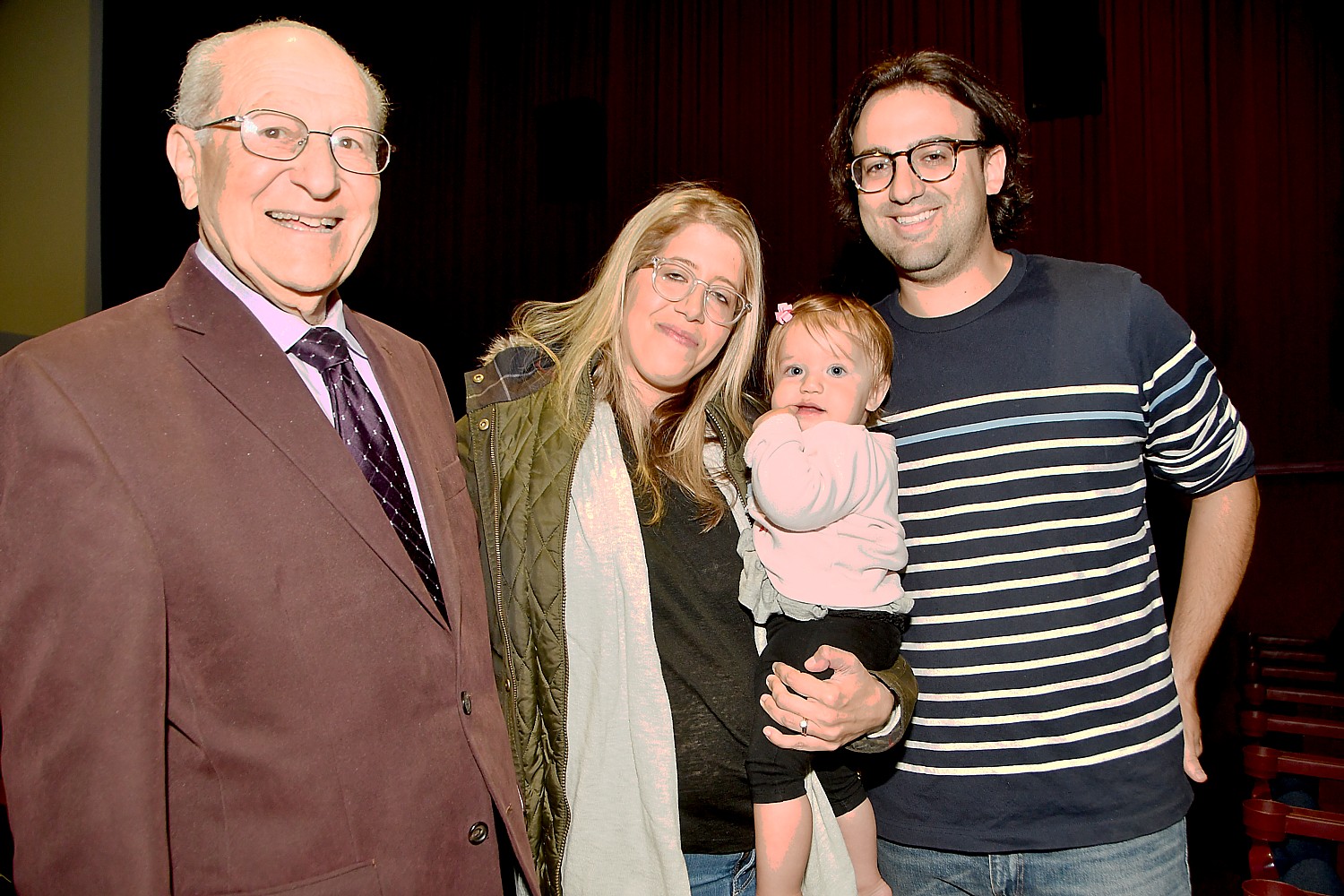
“We tell a story of horrific proportion. It’s an important job. 6 million Jews were exterminated because of the lie that Jews were responsible for all the problems of the world. The world needs to know what happened – Shoah did not happen all at once. It began with a simple statement: I hate you.
“I call that the first signpost along the road. A few steps beyond, ‘I don’t like you because of what you are.’ And then, ‘You are not human.’ The next step, ‘I don’t want you to live in my town, my country, I don’t want you to live at all.’ Those are the signposts along the road.
“People need to understand, as you look at the world today, every day, I see the signposts along the road.”
“When I see a missile being paraded in Tehran with words, ‘To be delivered to Tel Aviv’, those are identical ideas perpetrated and spoken of in the 1920s, 1930s – resulting in total devastation.
“I see in my mind that weapon lifting off the ground and murdering tens of thousands – that’s why it’s important to understand, to watch the signposts along the road. I ask you to understand the Shoah – study the Shoah – see the step by step process so you recognize the words, the signposts – to insure that anything of that nature never happens again.
“There are always evil people in the world – it is the choice that God gave you. I am glad have a video of this nature to show to young people so can begin to understand evil an good.”
830,000 were murdered in Treblinka, alone.”It’s hard to imagine that many murdered. I ask you to take one, let them be part of you – if we don’t remember them, it is as if they never existed.”
Just a week ago, Roth made a trip to Poland, where the leadership has made discussing the Holocaust a crime, where they have replaced the signs at Auschwitz to shield the Polish people from any culpability, and where they have shut down Schindler’s factory which had been kept as a museum.
One of the places we visited last week was the Warsaw Zoo in Warsaw, where Antonina and her husband, Jan Żabiński, the zoo director, saved the lives of 300 Jews who had been imprisoned in the Warsaw.
“There were 3.5 million Jews before the war; now if you look hard, you might find 35,000. Poland would like to say that 6 million Poles were murdered – 3 million Jews and 3 million Catholics. Poland wants to be recognized as a Western country, wants to bury its history of persecution of Jews as soon as possible so the world will not know. In Auschwitz last week, going through the exhibits, they are selling propaganda, that no Pole was responsible…. Now, if you say ‘Auschwitz was a Polish death camp,’ you go to jail.”
“Two extremes of humanity existed in Shoah –there were too few Chasidim (righteous), too many on the other side. Our job is to make sure our neighbors, our friends in our country, in every country understand the sacred nature of every human being – through understanding Shoah, we can understand how evil comes to be. We must not let evil triumph again.”
Roth raises concern about a rise of anti-Semitism.
“Anti-Semitism has been replaced in an acceptable form to many people – that’s why we need to understand. It is no longer ‘anti-Semitism’ it is called ‘anti-Israel’. This is a new form of anti-Semitism, repackaged so brilliantly, Goebbels would be proud. All of a sudden, Jews are aggressors.”
He noted that a United Nations conference held to review treatment of rights declared only one country an oppressor of women – not Saudi Arabia or Sudan, but Israel.
Roth has spoken at hundreds of schools. “On college campuses around the country, Israel is cast as an oppressor of Palestinians, even committing genocide.
“Our children and grandchildren must know because they have to stand up to the lies on college campuses. What is on campus today will be policy tomorrow. Make sure your children, grandchildren, great-grandchildren understand, the lies, the history. Unless we really know it, we can’t argue. 99% of evil people have no idea what history is – one student at university said the reason problem exists in Mideast is because of Jews, that it is because when Israel was formed in May 1948., Israel attacked 5 Arab countries. Do you think a country just born, with no army navy, air force would attack five countries. Is that possible? ‘Oh,’ he said.
“We need to be prepared to fight this evil, every day of the week.”
On the other hand, unabashed Holocaust deniers have gained prominence. Arthur Jones, 70, of Lyons, Illinois, a former head of the American Nazi Party and self-described white racialist and Holocaust denier, is the Republican candidate for Congress in Illinois’ 3rd district which includes parts of Chicago.
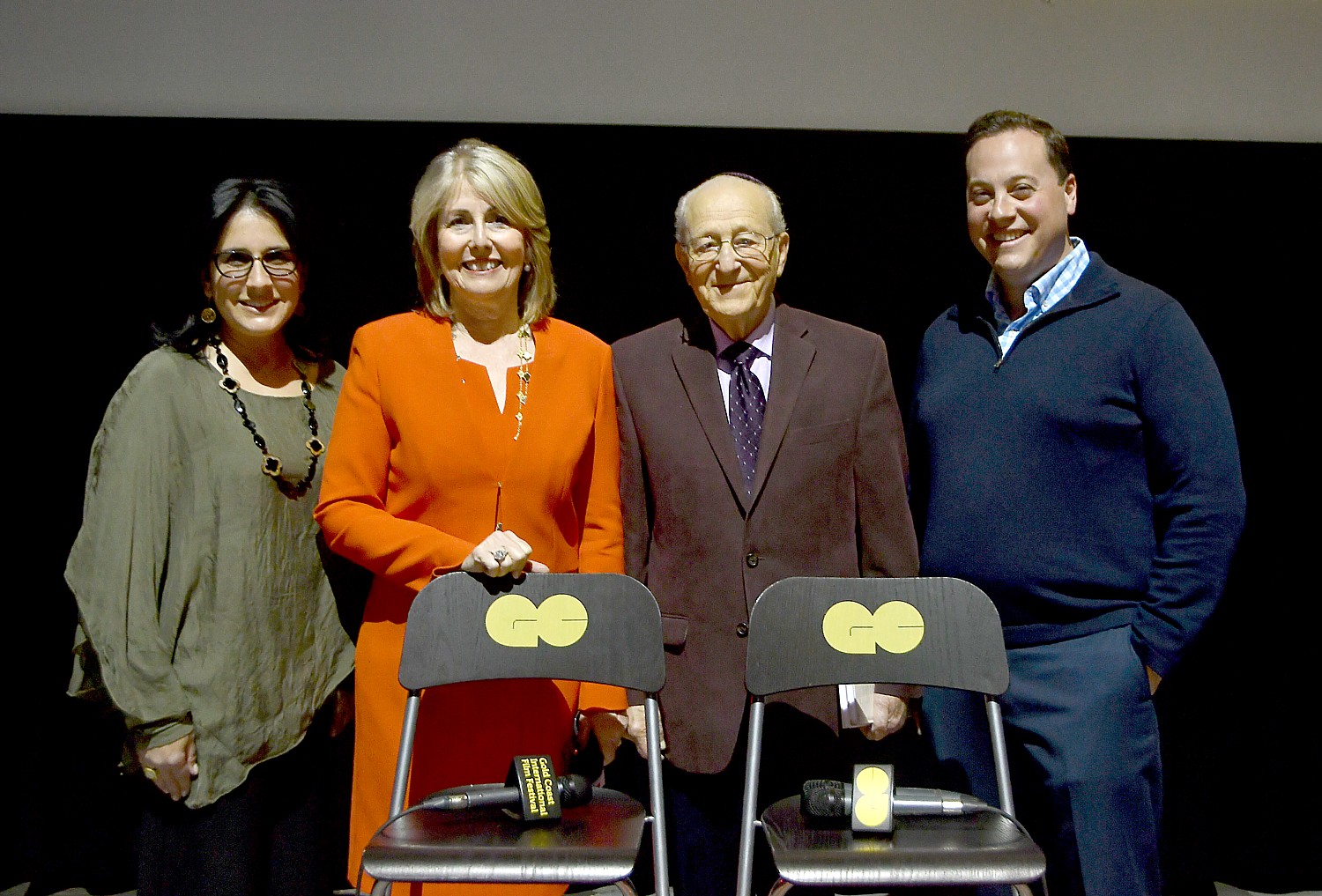
Glickman noted the importance of bringing Holocaust study into communities, particularly communities where there are not a lot of Jews or Holocaust survivors and why a curriculum is being developed by the museum, supported by the City and State’s Department of Education for middle school and high school children for ELA and social studies- some 400,000 students, the vast majority of which are not Jewish.
It is for this reason of making the Holocaust relevant to non-Jews that it has become a common practice among Holocaust museums (such as in St. Petersburg, Dallas, Houston), to keep a running clock of the numbers killed in genocides since the Holocaust, such as Rwanda.
But Roth expressed concern “that the Holocaust is being de-Judeized. There is nothing wrong in discussing Rwanda genocide, but you have to understand the difference between Holocaust and mass murders that have taken place. The death of 5 million Ukrainians during Stalin – but the objective was not the destruction of Ukrainians, the objective was collectivization of Russia; the objective of Rwanda was control. The Holocaust objective was destruction of the Jews. That’s not the same. Death is death you might say, but the cause of it.” He argues against lumping individual genocides together. “We need to understand the differences and similarities. This is what I do every time I speak. In churches, I have spoken to 500,000 Christians all over the United States. I talk about Shoah and what is happening today, how the propaganda of today is a replica of the 1930s. They understand. That’s what we need to do.”
The film is part of a new curriculum in conjunction with Scholastic being rolled out to some 1,500 schools, and organizations can make arrangements for a screening, Michael Glickman, who is president and CEO of the Museum of Jewish Heritage as well as president of the Gold Coast Arts Center, said.
“The Number on Great-Grandpa’s Arm” was aired on HBO in January and is streaming for free at hbo.com. It was screened at Gold Coast Arts Center as part of the Gold Coast Cinema series, goldcoastfilmfestival.org.
An accompanying installation on view at the Museum of Jewish Heritage features the art of acclaimed artist Jeff Scher, whose rotoscope animation brings the film’s archival footage and photos to life. Visitors of all ages are invited to explore this incredible work, view the film, and experience the transformative power of survivors’ stories. (For more info on the exhibit visit www.mjhnyc.org).
____________________________
© 2018 News & Photo Features Syndicate, a division of Workstyles, Inc. All rights reserved. For editorial feature and photo information, go to www.news-photos-features.com, email editor@news-photos-features.com. Blogging at www.dailykos.com/blogs/NewsPhotosFeatures. ‘Like’ us on facebook.com/NewsPhotoFeatures, Tweet @KarenBRubin

